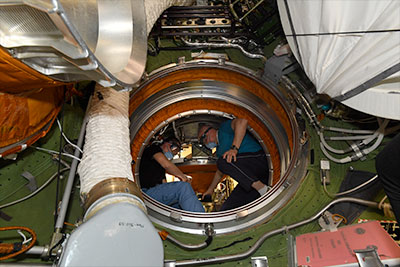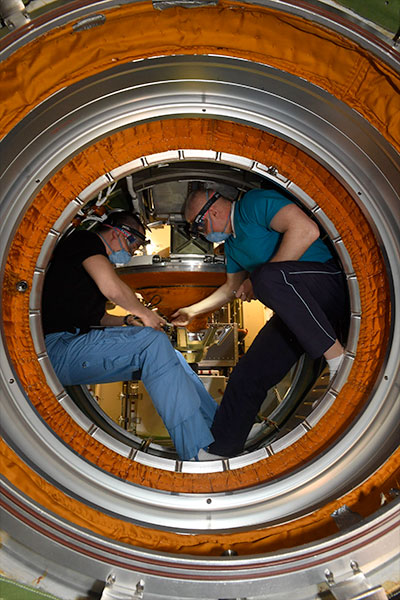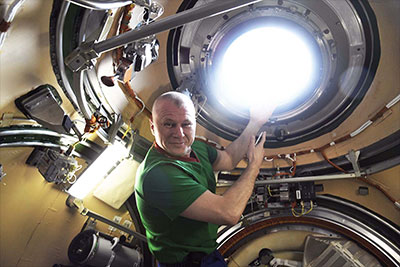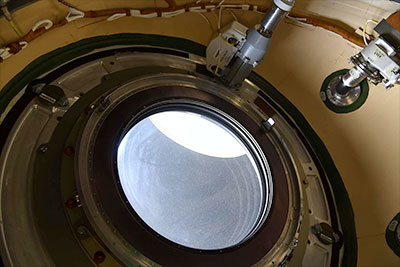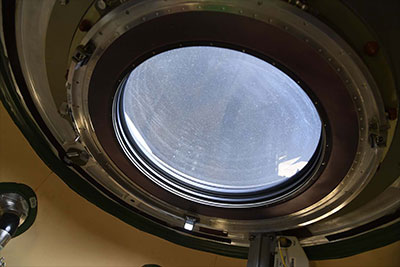 Space News space history and artifacts articles Messages space history discussion forums Sightings worldwide astronaut appearances Resources selected space history documents |
If you have previously registered, but forgotten your password, click here.
| ||||||||
| Robert Pearlman | According to RSC Energia, "a short-term software failure" led to "a direct command [being] mistakenly implemented to turn on the [MLM's] engines" to withdraw from the space station, which is why it began firing its thrusters. Expedition 65 cosmonauts Oleg Novitskiy and Pyotr Dubrov are now working with Russian flight controllers to monitor the venting of the MLM's fuel and oxidizer lines. As a precaution, some of the hatches on the U.S. side of the station were closed during the venting. Later today, work is expected to resume on balancing the pressure inside the Nauka module to match that of the space station before the hatch leading into the MLM is opened. | |||||||
| Robert Pearlman | Update from Roscosmos (via Twitter): The hatches between the Nauka module and the ISS are open! | |||||||
| Robert Pearlman | From Expedition 65 flight engineer Thomas Pesquet (via Twitter): We opened the hatch to MLM yesterday! It's pointing towards Earth so mostly it will be down for us on space station: doesn't it look like a submarine hatch? 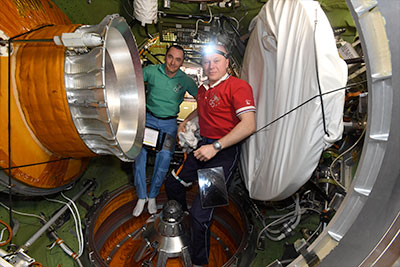 | |||||||
| Robert Pearlman | From Expedition 65 flight engineer Thomas Pesquet with the European Space Agency (via Twitter): Join me on a tour of the International Space Station's newest (and possibly most dramatic) module — MLM. | |||||||
| Robert Pearlman | Update from Oleg Novitskiy (via Twitter): Today we have opened a window of the Nauka Multipurpose Laboratory Module! 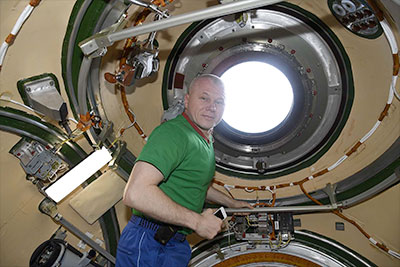 | |||||||
| Robert Pearlman | From Expedition 65 flight engineer Oleg Novitskiy (via Twitter): [A] short video of how we opened the window of the Nauka Multipurpose Laboratory Module, as well as fascinating views of the Earth. | |||||||
| Robert Pearlman | Former cosmonaut Vladimir Solovyov, who today is head of the Russian segment on the International Space Station, spoke with RIA Novosti about the Nauka thruster issue (machine translated from Russian): When the module was pulled by the hooks of the docking station, I realized that they would not let it go anywhere and, frankly, invited some colleagues to have tea in my office. I emphasize tea. | |||||||

